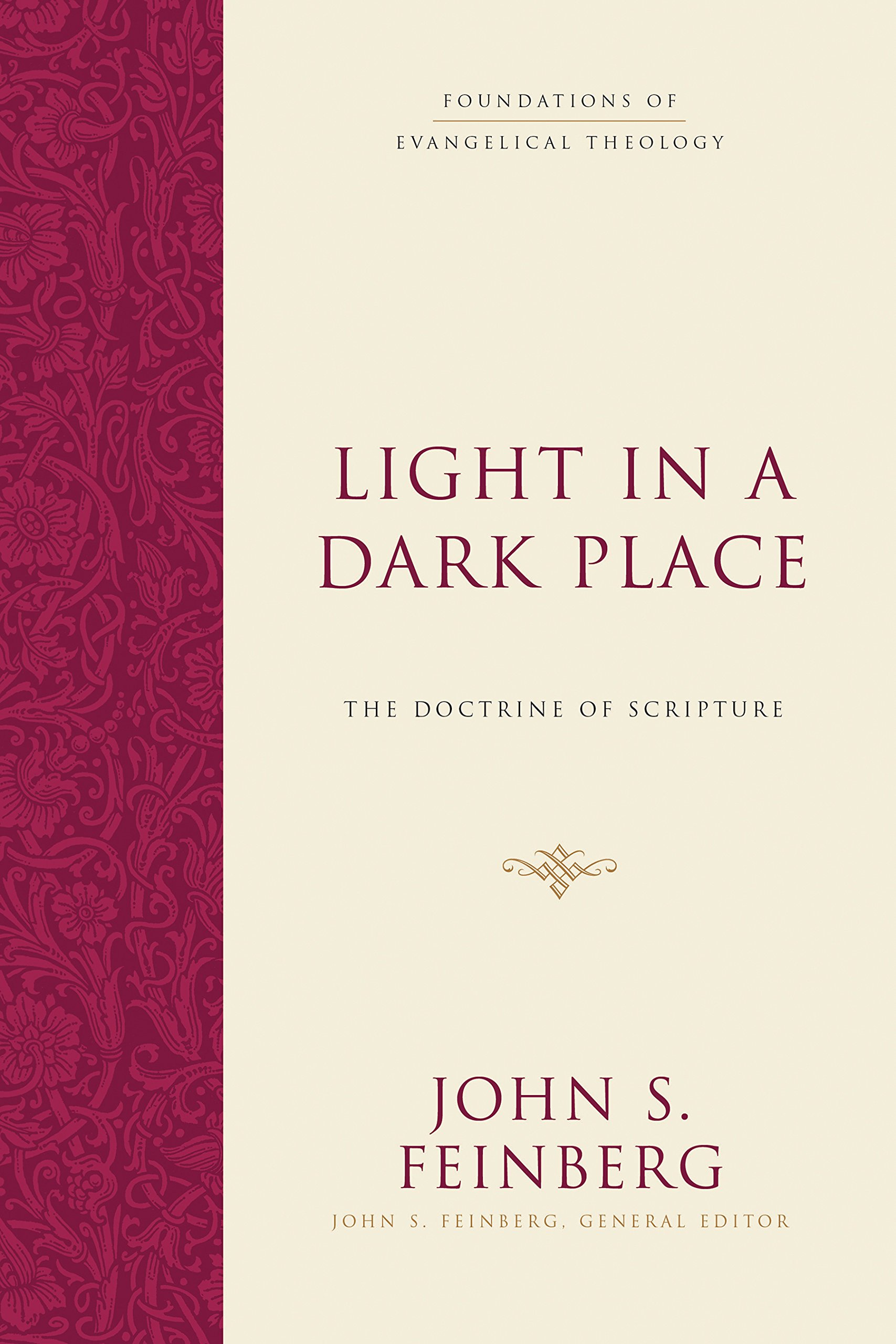A Book Review from Books At a Glance
By Benjamin Montoya
With this book, Feinberg provides an expanded introduction to the doctrine of Scripture from an evangelical perspective. To do so, he covers all the standard topics that someone would expect to see in such an introduction: revelation, inspiration, inerrancy, infallibility, authority, canonicity, illumination, clarity, power, sufficiency, and the preservation of Scripture. He couches his entire survey of the doctrine using his analogy of a light in a dark place, even structuring his entire discussion of Scripture with it. Part one is titled “Creating Scripture,” and chapter 2 within that section is entitled, “Light Unveiled: The Doctrine of Revelation.”
This book has received several high commendations from respected figures within seminaries, churches, and the larger theological enterprise—and for very good reason. The primary strength of this book is that it provides a single volume expanded introduction to the evangelical doctrine of Scripture that the church has held from its beginning. Feinberg insightfully and patiently surveys all of the important topics that fall under the umbrella of this doctrine. In many ways, this book is vintage Feinberg . It lives up to perhaps all of the expectations that would enjoy from a senior scholar like him. It also makes an important contribution to this series that has come to be highly esteemed with important introductions to their respective topics within theology.
Perhaps one of the primary weaknesses of the book is that Feinberg seems to have overlooked several key publications within current evangelical discussions of the doctrine of Scripture. In his discussion of the canonicity of Scripture, I was surprised there were no references to Michael Kruger’s contribution, including the one that has been published with Crossway (Canon Revisited: Establishing the Origins and Authority of the New Testament Books, 2012). Similarly, there is no reference to John Frame’s introduction to the same doctrine (The Doctrine of the Word of God, P&R, 2010). Similarly, in Feinberg’s critique of Peter Enns’ Inspiration and Incarnation, I had expected to see a reference to G. K. Beale’s book-length critique of Enns’ work (The Erosion of Inerrancy in Evangelicalism: Responding to New Challenges to Biblical Authority, Crossway, 2008.), but saw nothing of the sort. Given the date of publications of most of the references in the footnotes—and a big thank-you to Crossway for choosing footnotes instead of endnotes—this book appears to be written for an audience in the 1980s or 1990s. Undoubtedly, Feinberg had his reasons for why he did this, but it would have been nice to see a survey with a more current discussion.
Finally, I would highly recommend this book to someone who seeks to dive deeper into the doctrine of Scripture beyond what someone would find in a typical introduction to Systematic Theology. This book does go further than what someone would find there, and for that, Feinberg should be commended.
Benjamin J. Montoya, Ph.D. (Cand.)
Assistant Editor at Books At a Glance
